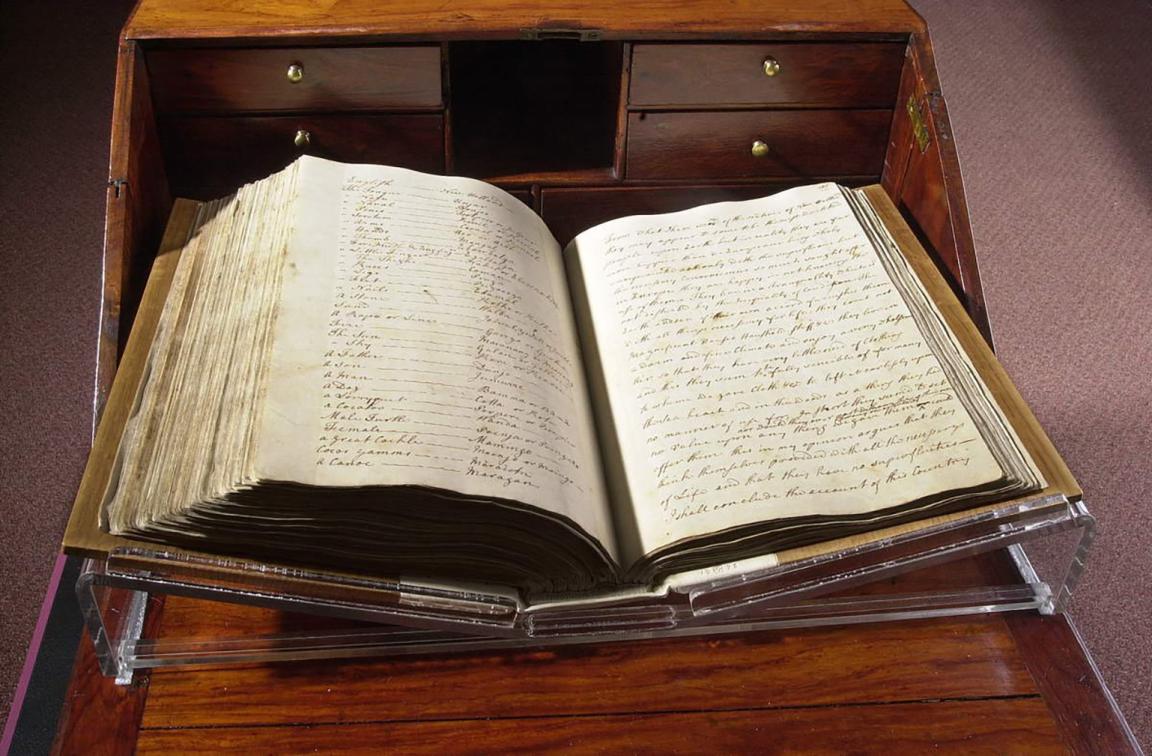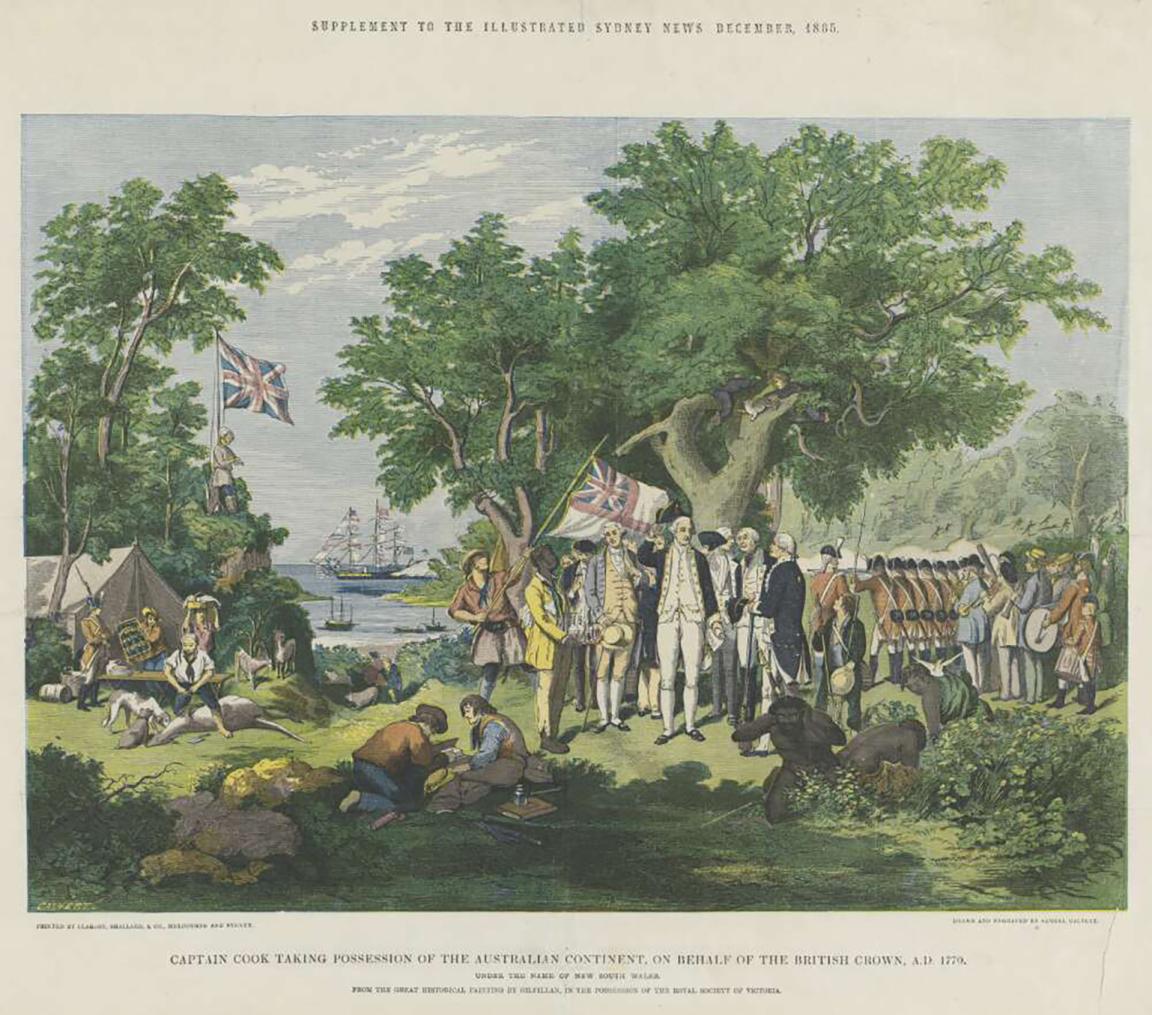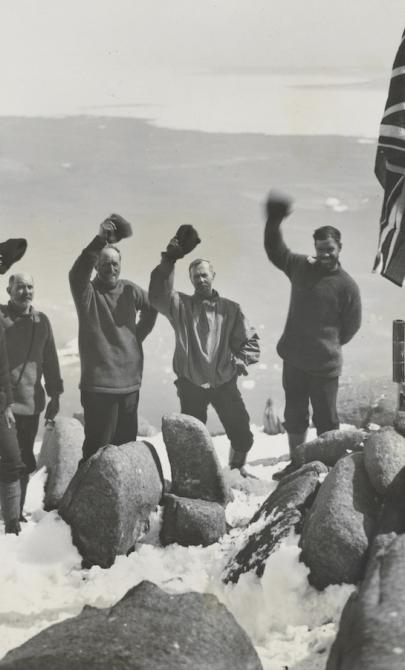Endeavour voyage
Exploring James Cook’s Endeavour journal
This is the original handwritten journal of Lieutenant James Cook (1728–1779), documenting his voyage aboard HMS Endeavour from 1768 to 1771. Cook’s 753-page journal is filled with observations, from daily shipboard life and weather conditions to detailed descriptions of the lands and peoples he encountered.

James Cook, John Hutchinson, Samuel Wallis and Henry William Ferdinand Bolckow, Journal of H.M.S. Endeavour, 1768-1771, nla.gov.au/nla.obj-228958440
James Cook, John Hutchinson, Samuel Wallis and Henry William Ferdinand Bolckow, Journal of H.M.S. Endeavour, 1768-1771, nla.gov.au/nla.obj-228958440
Activity 1: Discussing national treasures
With your students, explore selected pages from the Endeavour journal. You can also watch the video National Treasures Endeavour Journal, where presenter Warren Brown describes the journal as a "treasure.". Discuss with your students:
- Do you think Cook’s Endeavour journal is a national treasure? Why or why not?
- What are some other items or artifacts you consider Australian national treasures?
- What qualities or characteristics make something a national treasure?
Cook’s descriptions and observations
This activity invites students to discuss the tone and perspective of Cook's observations and consider how it might reflect European attitudes of the time.
Activity 2: Reading and reflection
Read this excerpt from Cook’s journal with your students, in which he describes the Aboriginal people he encountered at Botany Bay in May 1770:
"Those I saw were about as tall as Europeans of a very dark colour but not black nor had they wooly or frizzled hair, but black and lank much like ours. No sort of clothing or ornaments were ever seen by any of us upon any one of them or in or about their huts from which I conclude they never wear any."
Discuss with your students the tone and perspective Cook brings to this description. How might this reflect the attitudes of Europeans at the time?
Time and place
This is an engraving by Samuel Calvert of an oil painting which was exhibited at the 1866-1867 Melbourne Intercolonial Exhibition. The original painting, once in the collection of the Royal Society of Victoria, is now lost. The Union Flag depicted in the illustration is an anachronism. It is a flag used after the union with Ireland in 1801, not the flag of 1770. Also, the ceremony being recorded actually took place on Possession Island; the artist seems to have erroneously depicted the scene at Botany Bay.

Samuel Calvert and JA Gilfillan, Captain Cook taking possession of the Australian continent on behalf of the British crown, AD 1770, under the name of New South Wales, 1865, nla.gov.au/nla.obj-135699884
Samuel Calvert and JA Gilfillan, Captain Cook taking possession of the Australian continent on behalf of the British crown, AD 1770, under the name of New South Wales, 1865, nla.gov.au/nla.obj-135699884
Activity 3: Analysing historical perspectives
Next, share with your students the engraving Captain Cook Taking Possession of the Australian Continent on Behalf of the British Crown AD 1770, published in The Illustrated Sydney News in 1865. The engraving, based on a painting by John Alexander Gilfillan, offers a European perspective on Cook’s arrival in Australia.
- Compare Cook’s journal entry with the engraving. How do they both represent the arrival of the British in Australia?
A different perspective
This activity explores Cook’s arrival from an Aboriginal perspective, encouraging students to consider how First Nations people may have viewed this event. Through this lens, students will reflect on differing perspectives and deepen their understanding of this historical encounter.
Activity 4: Role-playing from an Aboriginal perspective
Invite your students to step into the shoes of the Aboriginal people who witnessed Cook’s arrival at Botany Bay. In groups, students will role-play a scenario where Aboriginal men recount to their family what they saw when British naval officers came ashore.
Encourage students to express how the Aboriginal men might have felt witnessing this event for the first time. The family members should ask questions, exploring emotions, curiosity, and concerns.



